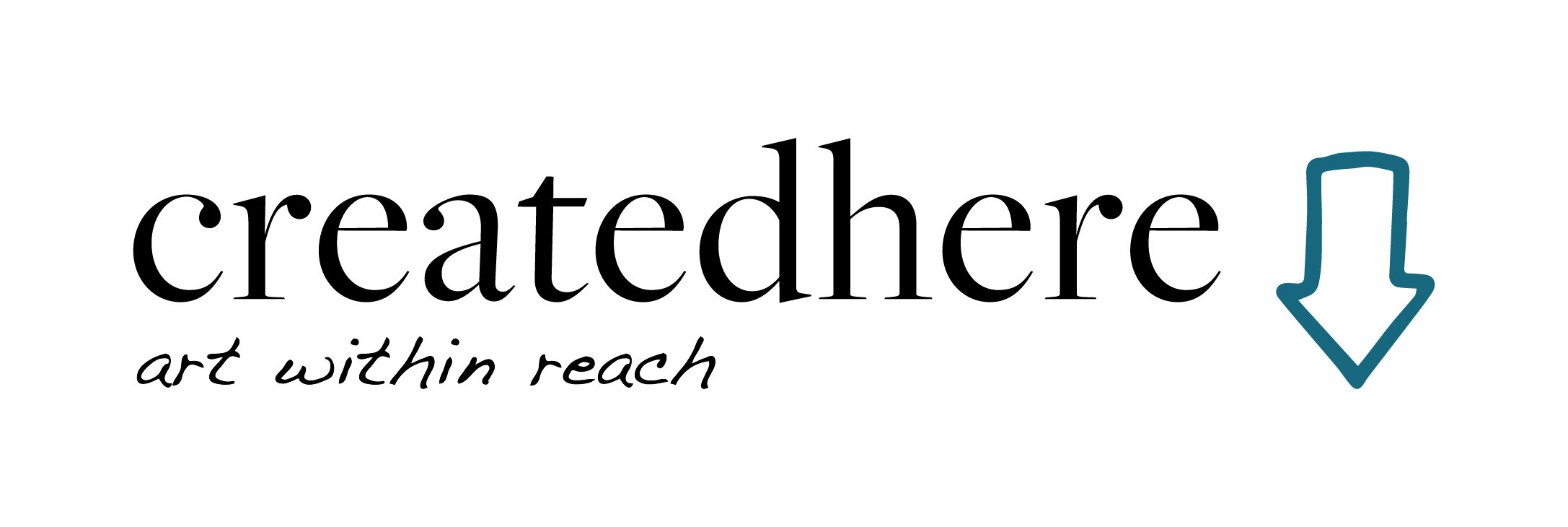Guest post: Weaver Emily Blair by Allison Green
Photo by Bang On Photography - Emily Blair Weaving on CAD
Meet Emily Blair. She's so good can weave a poem. As part of the #100NBartists (#23) series and in keeping with the upcoming fifth issue of CreatedHere magazine which will feature many fibre artists, I teamed up with Allison Green from the New Brunswick College of Craft and Design to share with you this story about Emily Blair, a graduate of the textiles design program at NBCCD. Thanks for this beautifully written piece Allison!
Emily Blair - Words by Allison Green
Weaving is a code that transcends mediums. Known by an exclusive group of highly skilled craftspeople, this code empowers the weavers who use it to create something incredible from nearly nothing: from string into cloth, and sometimes beyond.
Emily Blair is an up-and-coming weaver on the verge of graduating with her Diploma in Textile Design: Weave major from the New Brunswick College of Craft and Design (NBCCD). She is a special breed of collaborative maker who challenges herself and others to create compelling and complex conceptual projects. As remarked by her weaving instructor and mentor, Jackie Bourque: “She is exciting to work with. She is a fantastic student, always willing to explore and try new ideas.”
Photo by Bang On Photography - Danika Vautour Model - Shawl by Emily Blair
Photo by Bang On Photography - Emily Blair Weaving on CAD Loom
She shows these strengths in her recent project, Hypothermia: A Warped Collaboration. Emily has united a weaver, a poet, and a musician. First, Rebecca Salazar wrote a winter-themed poem. Then, Emily translated that poem into a woven structure using a code that she created. That woven structure was transformed into a cello composition by Emily Kennedy. This collection, which debuted at Flourish Festival in Fredericton, will be exhibited at the NBCCD Diploma Exhibition at the Beaverbook Art Gallery (opening June 3 to June 17). Emily is keen to start on new collaborative adventures: “I think it just sparks so much more than one person could possibly do on their own. And the creative push of getting other people involved just fuels the whole project.”
The other silent collaborator on this project was the CAD (Computer-Aided Design) loom at NBCCD. Emily designs in the ProWeave software, which then communicates with this special loom to adjust to the pattern with each and every line. She feels that the design software is highly desirable, if not mandatory, for creating non-repeating patterns like those found on her woven panels.
From the Warped Zine
Photo by Drew Gilbert - Hypothermia by Emily Blair
This is not Emily’s only project worth celebrating. She placed her pattern design skills on the world’s stage by winning an Honourable Mention in the coveted International Textile Alliance (ITA) Virginia Jackson Design Competition. She has already received commissions for woven wearables, so much so that she has put her plans for architecture school on hold (perhaps indefinitely) to invest time in her weaving business. “For both my parents, I think it blows their mind. They just really had no idea that this was a thing, that you could graduate from weaving and that you could actually so quickly start seeing results.”
Emily Blair HM Winning Entry for ITA Virginia Jackson
Like many craftspeople, Emily at first shied away from pursuing an arts education because she was not aware of the countless career possibilities. In fact, she began her educational career as a Science student. When it became clear that this was not the right fit she moved on to NBCCD, where she found her match in weaving. “All of the decisions that led me to here were so close,” she says. “Now I can’t imagine being anywhere else.”
Textile Design is not just about cloth (although textile artists really love cloth). The origin of the word textile comes from texere “to weave” and teks- “to make.” A textile artist is in the business of weaving together diverse ways of making. They seek out the most unlikely materials, the most unheard of techniques, the most unexpected technologies - and somehow find a way to intertwine them into an exciting whole. At NBCCD, they learn the technologies to take the first big steps on this path, but it is up to them to decide where it will go. Emily has chosen to weave her path with that of other makers, to innovate in a way that no one person could do alone.
Photo by Bang On Photography - Emily Blair Weaving on CAD Loom







